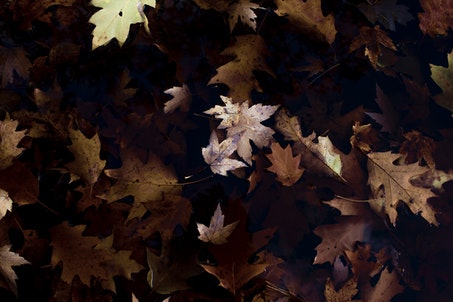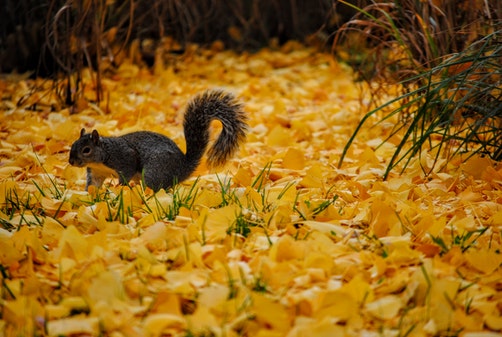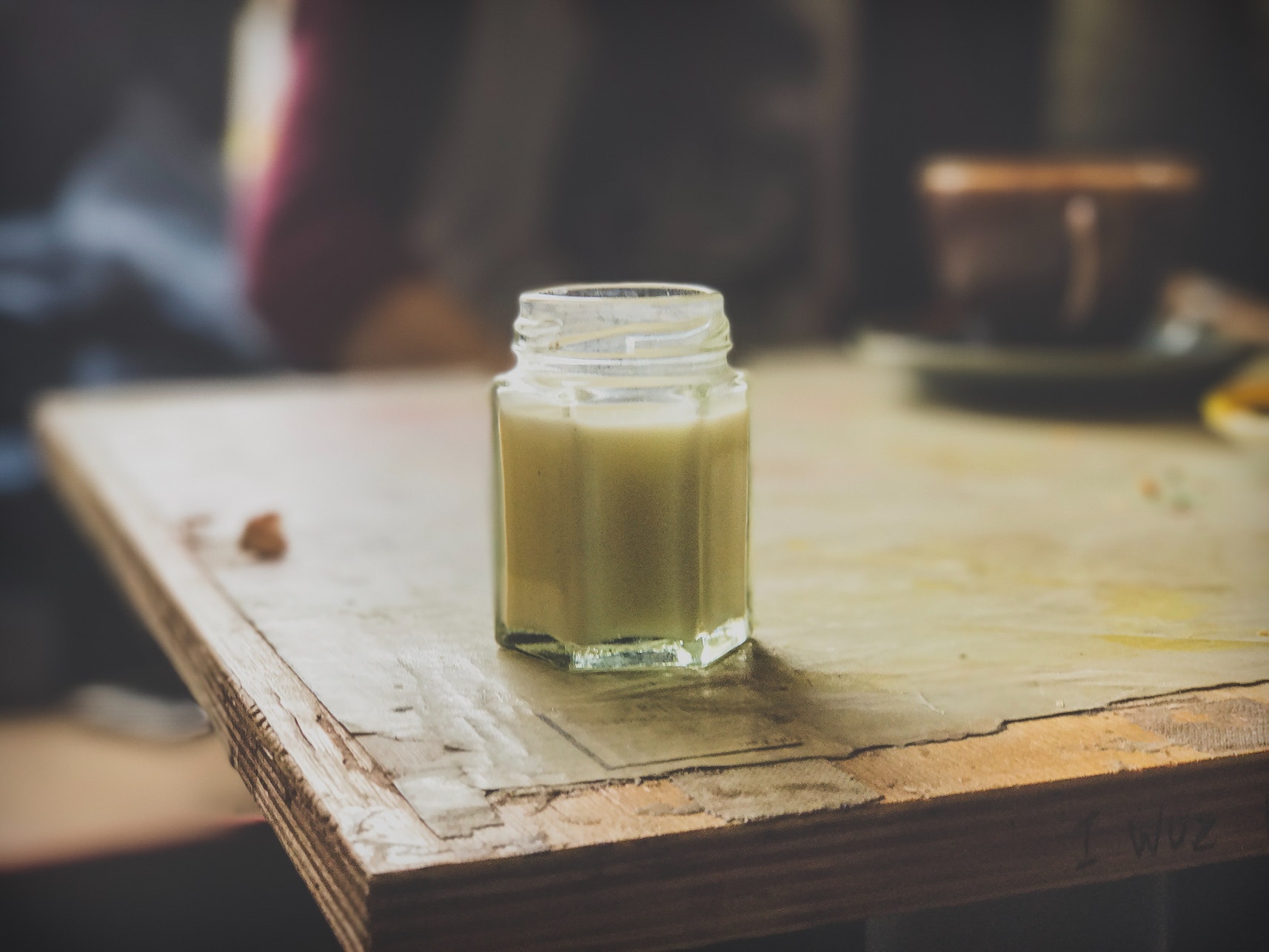
I tried a cream soup yesterday, and well, I was short on cream. But I did have half and half in the frig. And while I will admit, fat free half and half is not cream in any way (I am not even sure that it is even food after this) I decided to give it a go.
What I am about to say may surprise you. Don't use it to cook.
I would say it's never a good idea to add anything pretending to be cream without containing any fat. Half and half has a tendency to separate in soups and sauces, especially fat free half and half, which has a lot of additives to make up for the lost fat content.
Honestly, I would have used straight heavy cream had I had any since I am not overly health conscience.
If you keep the fat content down in other areas of the meal and forgo heavy starches, it's really not that bad for you. I add my cream at the very end of cooking, and heat it just long enough for it to warm.
You can also try tempering the next time you cook with cream, especially if you want to keep working with fat free half and half. In tempering, you put the cream in a separate bowl, and slowly add a small amount of hot soup whisking constantly. This brings the cream up to temp. When you add the cream/soup mixture back into the pot, it's less likely to break because it's closer to the temperature of the liquid in the pot.
And while I know people fear fat. People assume fat = weight gain when that is not the case. That is why you find most everything in diary claiming to be fat free, low fat, reduced fat etc etc are popular because of this.
My soup was okay, though it wasn't as yummy as I wanted. But I should have expected it, low fat creams have a tendency to do that, especially at higher temperatures. I'd recommend either using a cream with a higher fat content (you can get away with using a lot less of it in soups that low/no-fat creams so the impact won't be huge), or be very careful with the temperature and only add low-fat cream to finish or while the soup is on a low simmer. Once it's incorporated it's usually safe to heat a little higher but it will split if it gets too close to boiling.
Next time I will just use milk instead.
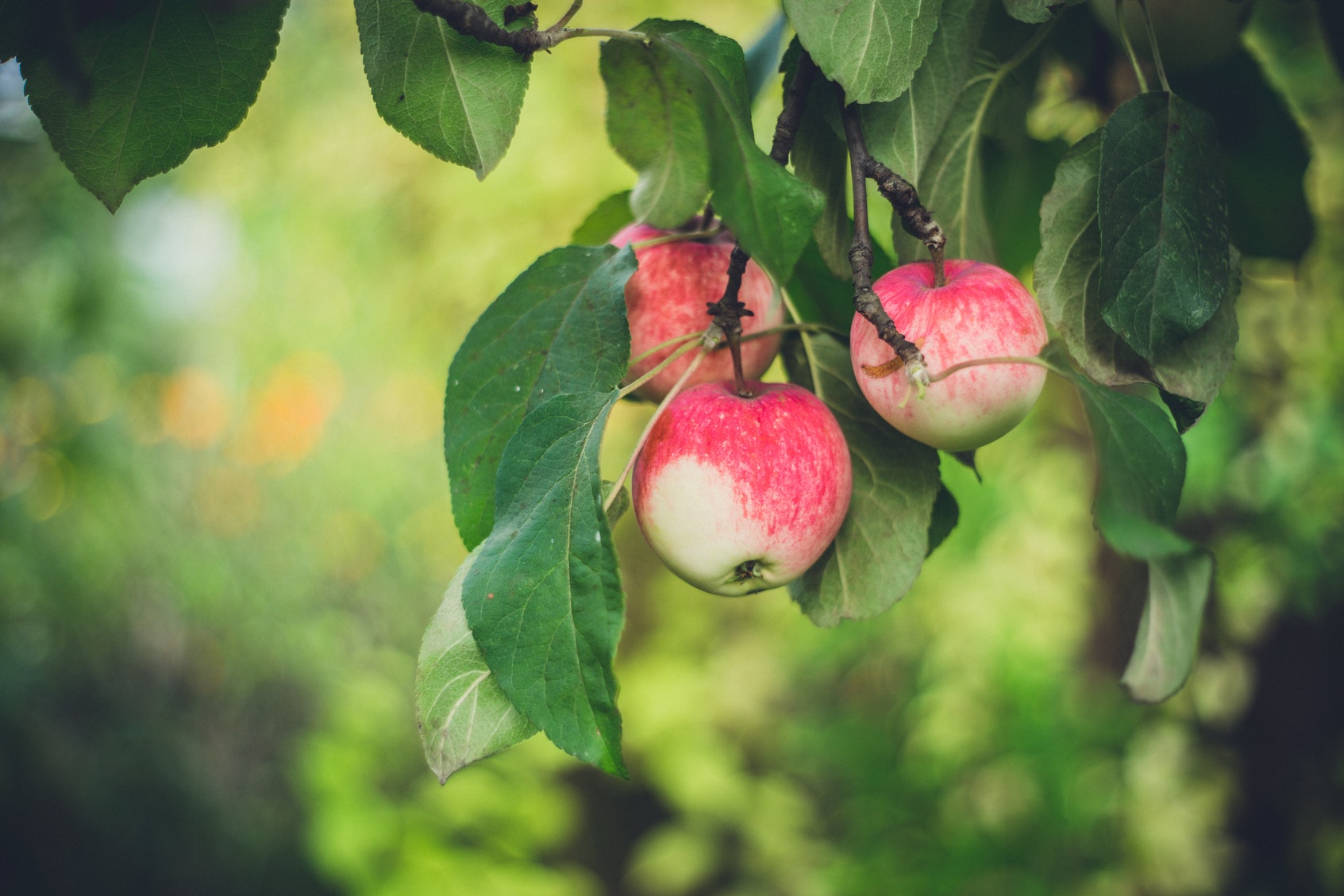
I found this very interesting. And since it has to do with grafting you may as well. If you plant an apple seed, the resulting tree will not produce the same kinds of apples, they may even be unsuitable for human consumption.
The reason is because apples seeds are "'extreme heterozygotes', in that rather than inheriting DNA from their parents to create a new apple with those characteristics, they are instead significantly different from their parents."
If you want an apple to be the same as its parent you need to plant a branch.

The reason is because the offspring of an apple tree are naturally diverse.
Root stock can have an effect on apples, but generally it affects the growth of the branch and shape of the tree, not the apples themselves.
I don't know about all cultivars, but there are definitely some cultivars' apples that aren't affected by root stock at all. There was a study done back when I was in the schools that details a specific kind of apple and rootstock had no effect.
With some trees, as well as with most grape vines, the rootstock is necessary because the desired fruiting plant is incapable of surviving in the ground due to mites, or acidity, or some other factor.
Walnuts are a good example of that.
Why do I know all of this? Because, apples are in the rose family, and roses are my little hobby.
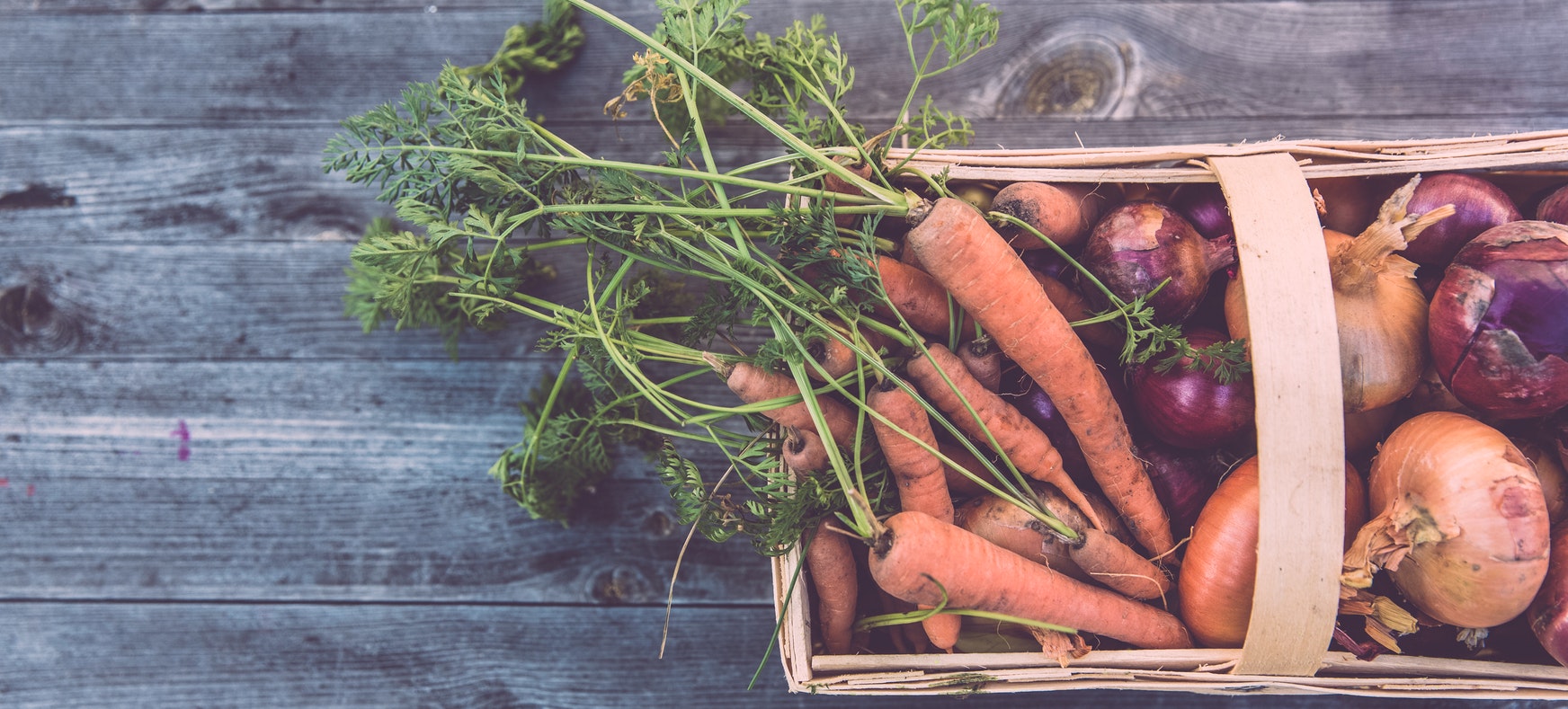
I like cauliflower bacon soup, chicken (or beef) enchilada, and broccli cheese. None of them have a ton of veggies.
Of those three my favorite is probably the cauliflower bacon.
- 1/2 pound bacon, cut crosswise into 1/2-inch pieces
- 1 medium onion, chopped
- 1 medium (2 1/2 pound) cauliflower, cored and chopped into florets
- 2 cups chicken stock or broth
- 4 oz. cream cheese, cut into 6 pieces
- 1/4 cup heavy cream
- 2 tablespoons chopped fresh chives, divided
- salt and freshly ground black pepper, to taste
- 1/2 cup shredded cheddar cheese
I know your said not a ton of veggies and this one is cauliflower based, but personally I do not taste the cauliflower in it over the bacon, onion, and cheese (topping). It is blended so veggie texture is not there either.
In a large saucepan over medium heat, cook bacon pieces until crisp. Using a slotted spoon, remove bacon to a paper-towel-lined plate and set aside. Pour off bacon drippings, reserving 2 tablespoons in the pan.
Add chopped onion to saucepan and cook, stirring occasionally, over medium-low heat until softened and lightly browned, about 10 minutes.
Turn up the heat, add cauliflower and chicken stock and stir, scraping up the browned bits from the bottom of the pan. When liquid comes to a boil, cover, reduce heat, and simmer until cauliflower is tender enough to mash, 15-20 minutes.
Add the cream cheese and mash and stir the cauliflower and cream cheese with a potato masher.
Stir in the heavy cream. If you would like a smooth soup, puree to desired consistency in the pot with an immersion blender, or in batches in a regular blender (then return to pot).
Stir in 3/4 of the reserved bacon pieces (save the extra for garnish) and 1 tablespoon of chopped chives.
Season to taste with salt and pepper.
Serve hot soup garnished with shredded cheddar cheese, bacon pieces, and chopped chives.

Nate McMillan used to have a gorgeous rose garden in his yard. According to legend it was how he dealt with the stress of being the Blazers head coach.
I can recall reading about it in a magazine that my husband read at the time.
I thought that it was well, neat.
Over the years I have learned a lot about roses, their care, and what to expect.
One of my first big surprises was when my red roses started to fade. Some of the blooms on the plant litteraly turned white. It wasn't until some time later that I learned that 90% of roses are on grafted stock.
But that is not all. A lot of roses will fade throughout their life cycle and it is completely normal. One thing that has a lot to do with it is temperature.
When this happens now I usually see it as a sign that they need to be pruned better. Though this is less common now, and I generally prune in spring and then deadhead through the season.
It is just one of the fun surprises you will experience along the path as a rose gardener.


We're basically addicted to soups. I personally could eat soup everyday, and we actually eat a number of them every week.
Sometimes though I want a soup, but don't have the time or energy, take your pick. So when I'm feeling lazy, I just do this:
- Whatever vegetables that are in my fridge
- potatoe or cauliflower.
- onion and garlic.
- vegetable broth
- cream - if wanted.
- lentils
I basically sautée the onion and garlic.
Then add veggies. Then add broth. Let it simmer. Purree it. Add seasoning. (Salt pepper, chili, vinegar, sugar...) Add some cream later in my bowl.
It works for every single veggie that I have tried.
You can add also tomatoe or tomatoe paste, lentils. Anything really. Whatever your fridge offers at that moment.
It is basically a lentil soup! I made this one the other day:
- 1 cup red lentils
- 1 onion, chopped
- 2 cloves garlic, minced
- 1 tsp salt
- 1 tsp turmeric
- 1 tsp fresh grated ginger
- 1/2 tsp paprika
- 2 1/2 cups water
I served this with black pepper and fresh lemon juice. It was so good!

I made it twice in the last month and learned a few things. I think veal stock is traditional but I have no idea where you'd get veal bones unless you buy from a farm or a butcher.
Virtually all French Onion Soup recipes call for Thyme and Bay Leaf as the main herbs, done as a bouquet garni: Tied up, thrown in, then pulled out before serving.
Before you get started, I will say that the key is to slowly cook the onions. It took about 45 minutes. Here's how I did it:
- Melt some butter in a little olive oil on a lowish heat.
- Slice up some onions.
- I used about seven medium ones.
Put the onions in the pan, add a shake of dried sage.
- Cover and fry gently until soft (about 10 minutes). Stir regularly - you don't want them to colour.
Chop up some garlic.
- I settled on three cloves because I love garlic. Add this to the pot.
Add a heaped tablespoon of sugar (I used dark muscovado sugar).
- Turn up the heat a little, stir, allow the onions to slowly turn golden and caramelise. Another 10 minutes or so. Don't allow them to catch.
Stir in a shake of flour.
- This will help thicken the soup.
Slowly add some beef stock.
- I used about three cups. Add a little, stir, repeat.
Add a splash of balsamic vinegar.
- This helps to enrich the soup.
Season with salt and pepper.
- Cover and simmer for about 20 minutes.
With a few minutes to go, chop up some French bread.
- Toast it. Then sprinkle some cheese on top and put it in the oven to melt.
Serve the soop in bowls, finish off with a little freshly chopped parsley.










